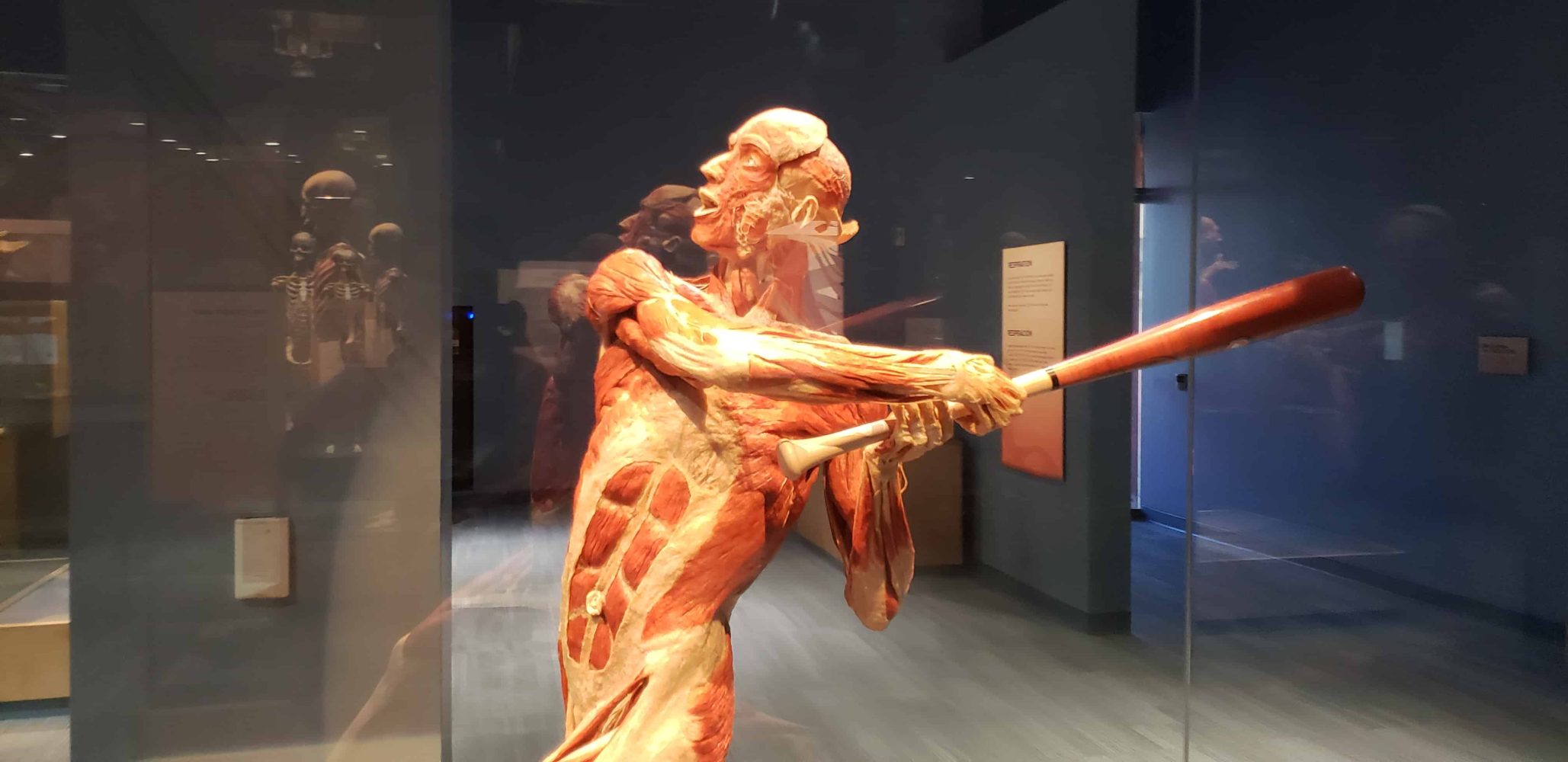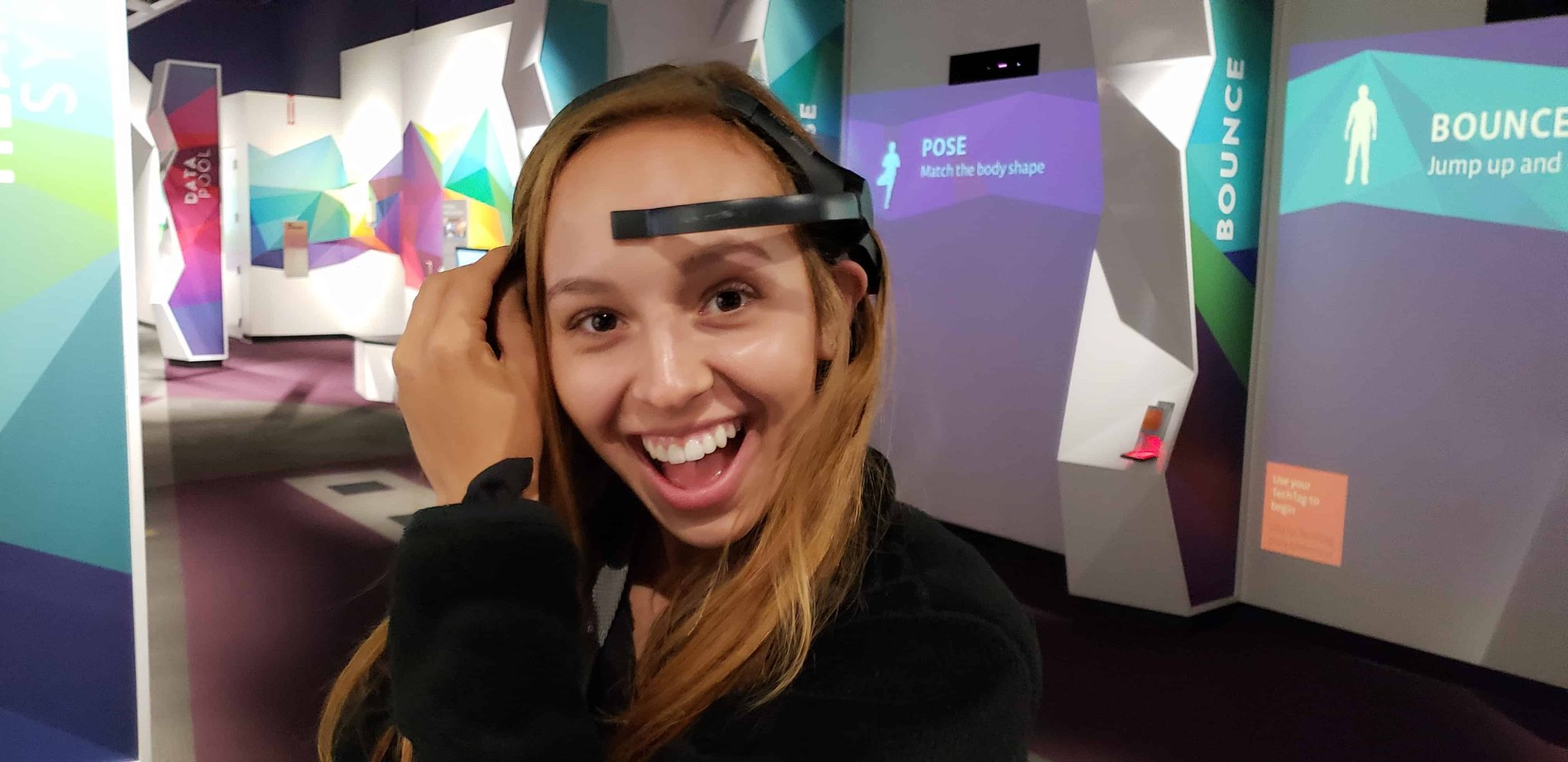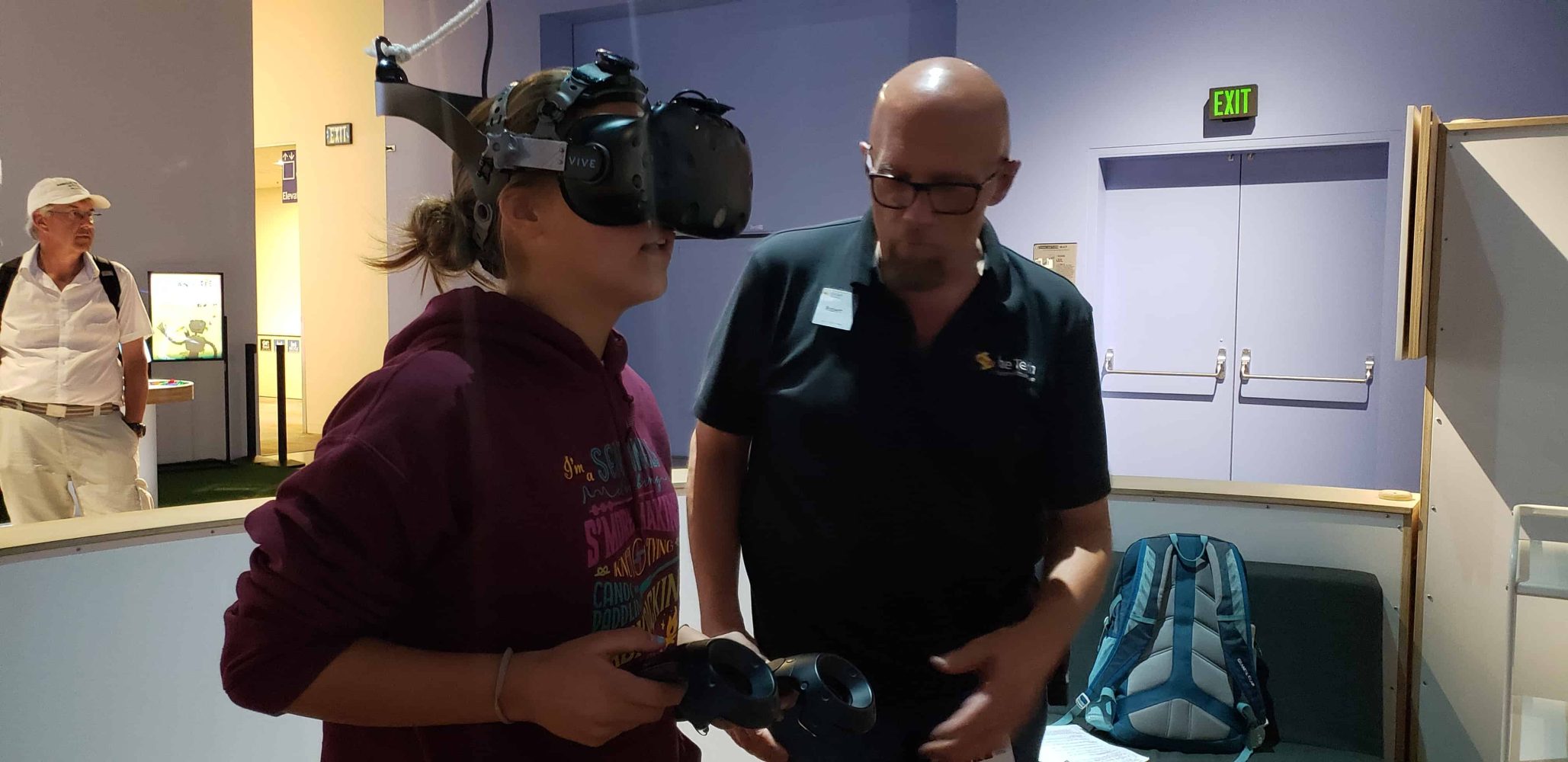Understanding Systems of the Body in Order to Make Positive Choices for Your Health
Throughout this semester-long Intensive, our high school students have studied multiple body systems to understand how the environment, plus what you put in your body, can affect it.
During the first semester of the 18/19 school year, a group of our high school students has been navigating our Anatomy and Physiology Learning Intensive in order to learn what their bodies do, automatically, on a daily basis to keep them alive. Throughout this semester-long Intensive, our high school students have studied multiple body systems to understand how the environment, plus what you put in your body, can affect it.
Learning Intensive Guiding Questions:
– How does the body function?
– How is the body organized?
– What systems function together or separately?
– How do systems function?
– What environmental aspects impact the functioning of the human body?
Learning Intensive Target:
– I can understand the various systems of the body and how they function in order to make positive choices for my body.
Before this Intensive started, students knew little on the details of anatomy and the anatomical systems, so they started out by looking at cells and the different types. They studied the science of regenerative medicine using cells. Next, they explored the skeletal system through the lens of forensics. For this learning, students were given information on an imaginary skeleton and identified the bones, height, gender, and more all from the skeletal information.
Next they moved onto how muscles contract. Students explored the simple levers that help them move. What better way to put that lesson into a real-world context than by working out! The group looked at three very different workouts to compare what works best for each person, and take away skills to help us choose the best form of exercise for our bodies. First, students took a Crossfit class at hosted by Crossfit Blizzard here in Truckee. The group worked through a timed circuit and crushed the workout! Students then color coded muscles they felt being worked and muscles that were sore the following day.
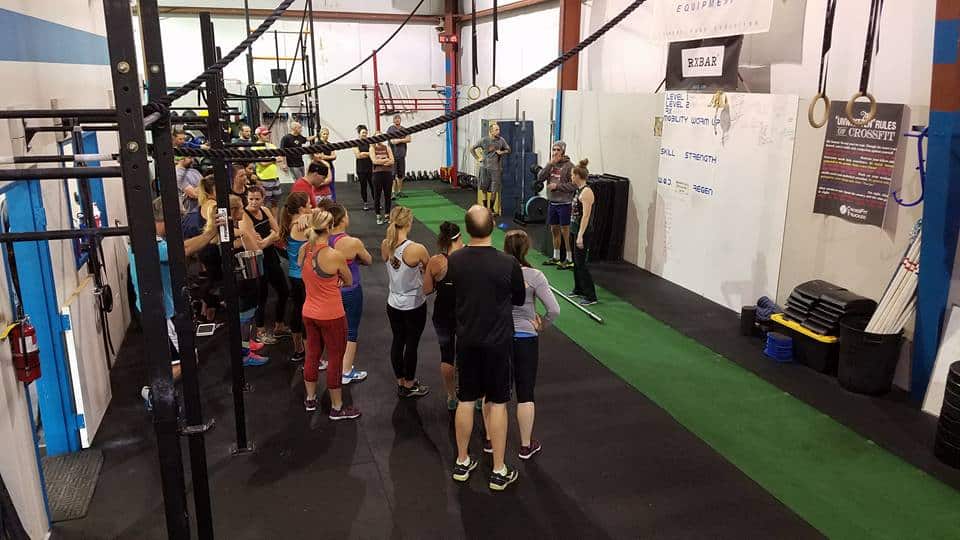
For some, this was their first time on skis!
Next, they practiced yoga, noting their moods and thoughts before and after, discussing how this type of workout differs from CrossFit. Finally, the students ended their Intensive workouts with a day of cross country skiing at Tahoe Donner. This intense cardiovascular workout challenged them in an entirely new way. For some, this was their first time on skis!
In order to answer the question “How do we make positive choices for our bodies?” students next researched diseases. Each student researched one of the top ten preventable diseases that cause death, and what you can do to prevent them.
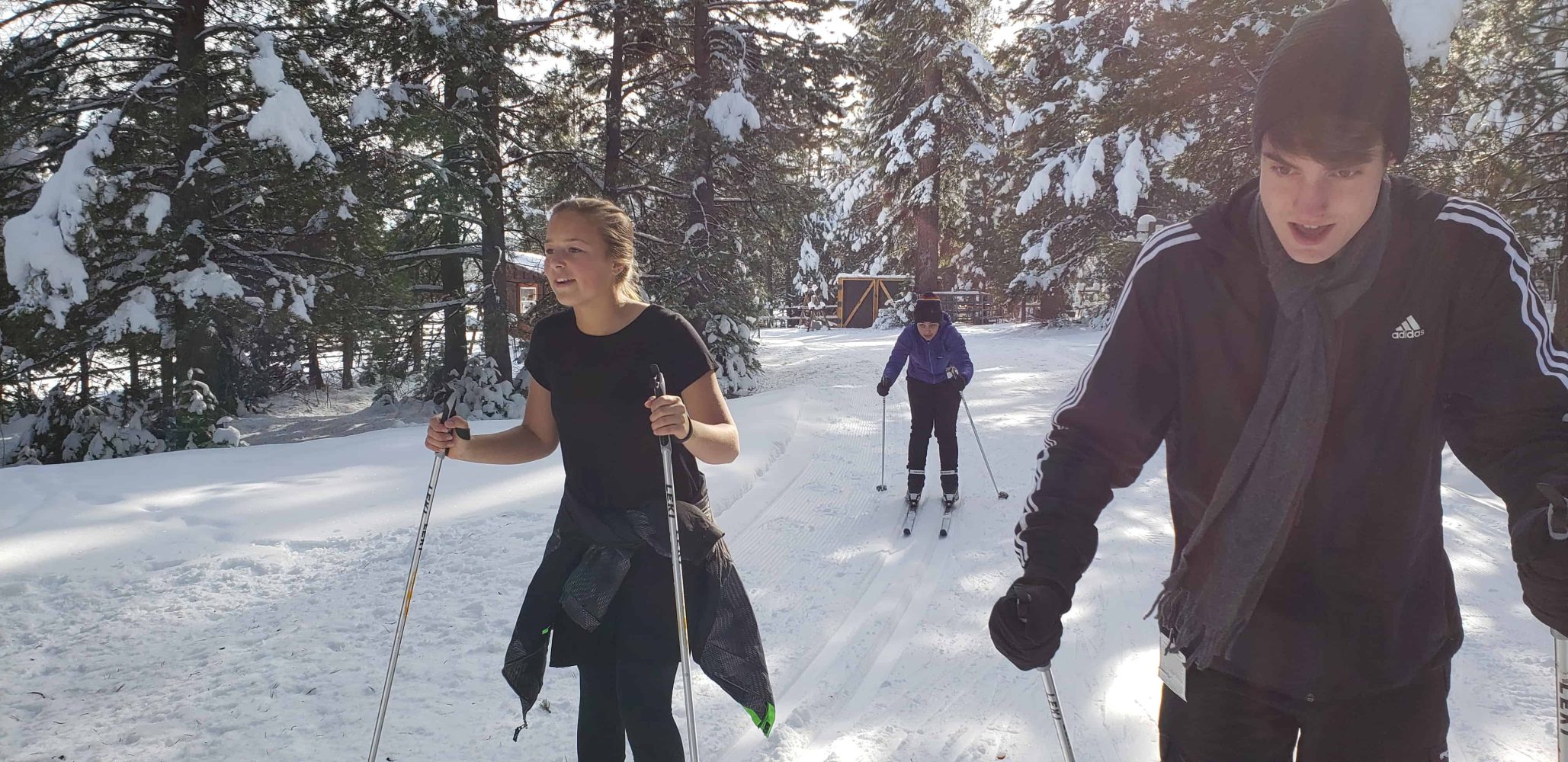
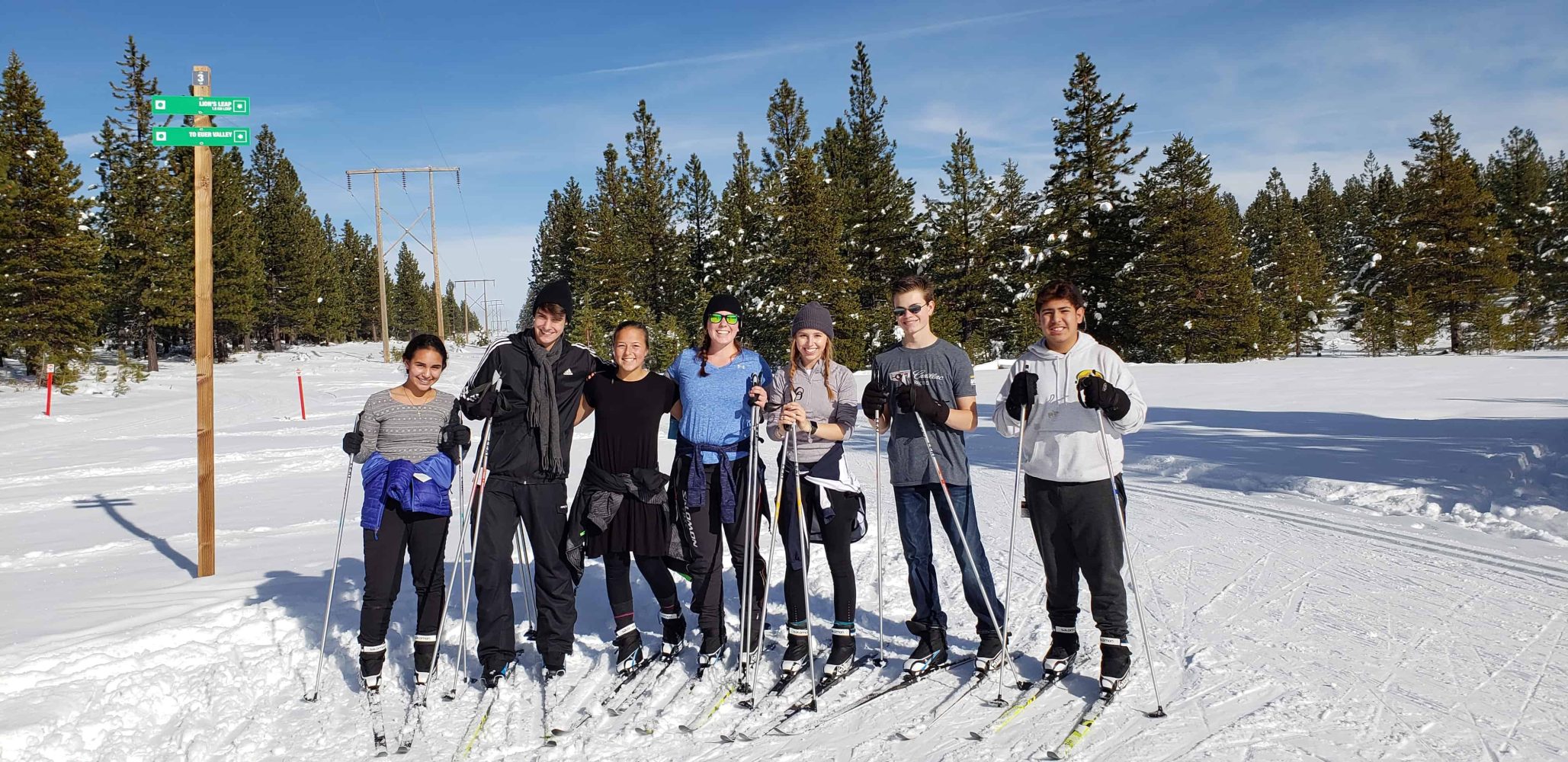
the group would camp in the Portola Redwoods State Park and visit The Tech Museum of Innovation in San Jose.
With a solid background of knowledge built, the students were guided by TEA Teachers Jess Svoboda and Patrick O’Malley on a 3-day overnight trip to the Bay Area. While there, the group would camp in the Portola Redwoods State Park and visit The Tech Museum of Innovation in San Jose.
When arriving at the camp, students felt the temperature drop and the light dim. They drove down into a ravine of redwoods for their campsite.
This set the tone for an amazing and wonderful experience. The damp cool air was a relief from the scorching sun above…until they started their hike! Students walked a quick 1.5 mile trail to a waterfall. Despite higher oxygen content, students were sweating and breathing heavy due to the humidity! The campsite was calm and quiet. Few visitors at this time of the year (mid-September) meant they almost had the entire campground to themselves. It was a great place to come back and rest their heads after eventful days.
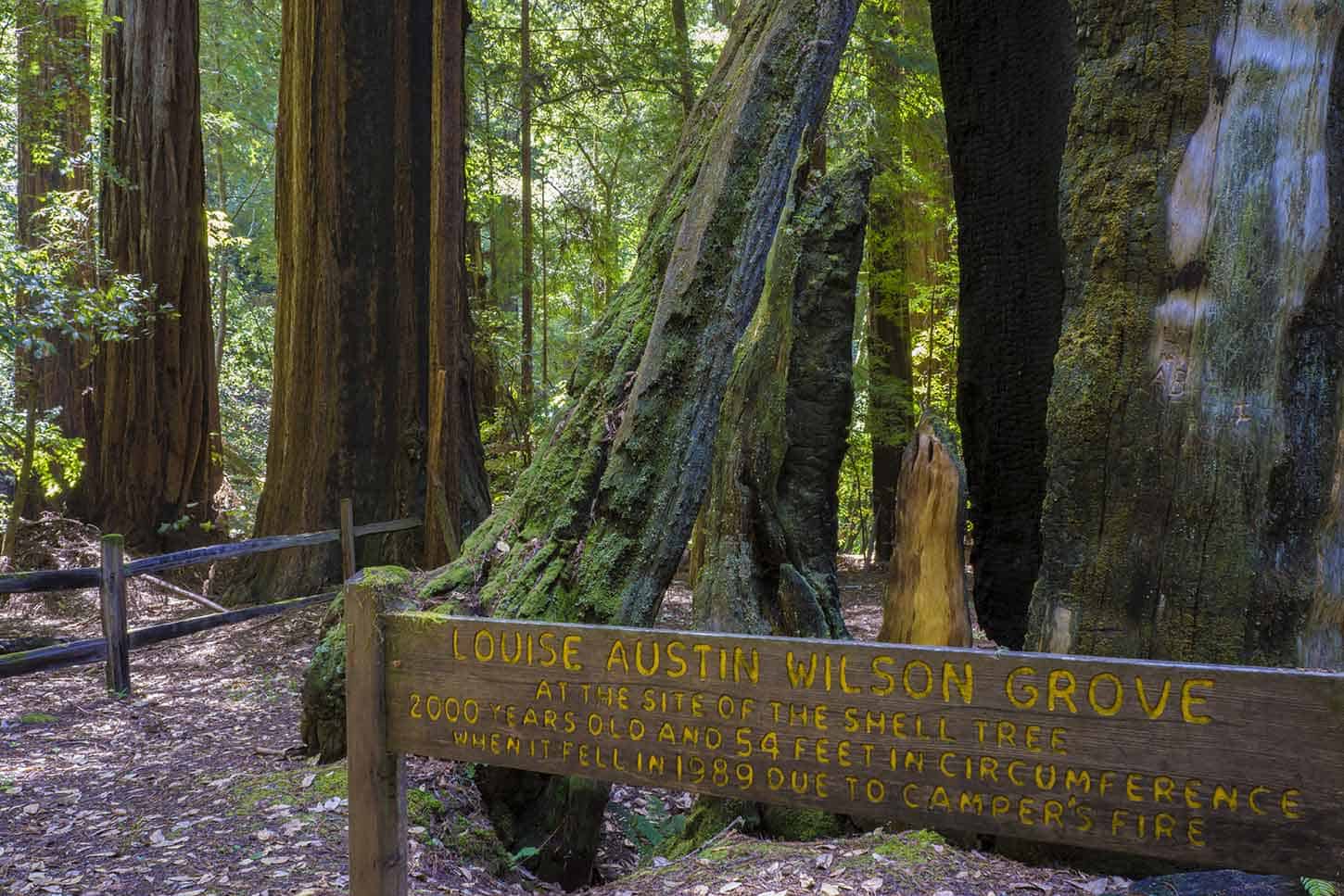



Throughout this Learning Intensive, some students faced a fear of seeing the bodies, others learned more about the systems they were curious about.
When arriving at The Tech, students were greeted by a huge apricot colored building. The museum foyer was playfully designed, ensuring an exciting day of hands-on activities. After a quick briefing from a staff member, students were on a mission to explore as much of the museum as possible. Activities included up-close views of plastinated bodies, virtually dissecting the human body, taking body metrics data of themselves, building social robots and a way to protect an egg during a drop. Students also experienced building DNA to code bacteria, a hands-on experiment which would cause bacteria to produce different colors, and virtual reality headsets that took them to space, and beyond!
Throughout this Learning Intensive, some students faced a fear of seeing the bodies, others learned more about the systems they were curious about. Students saw a smoker’s lungs and limbs as well as cross sections from an obese person. Some of the bodies had diseases or conditions which could have been avoided with healthy choices. Students learned how the choices they make for their bodies can cause life-long, sometimes irreversible damage.
